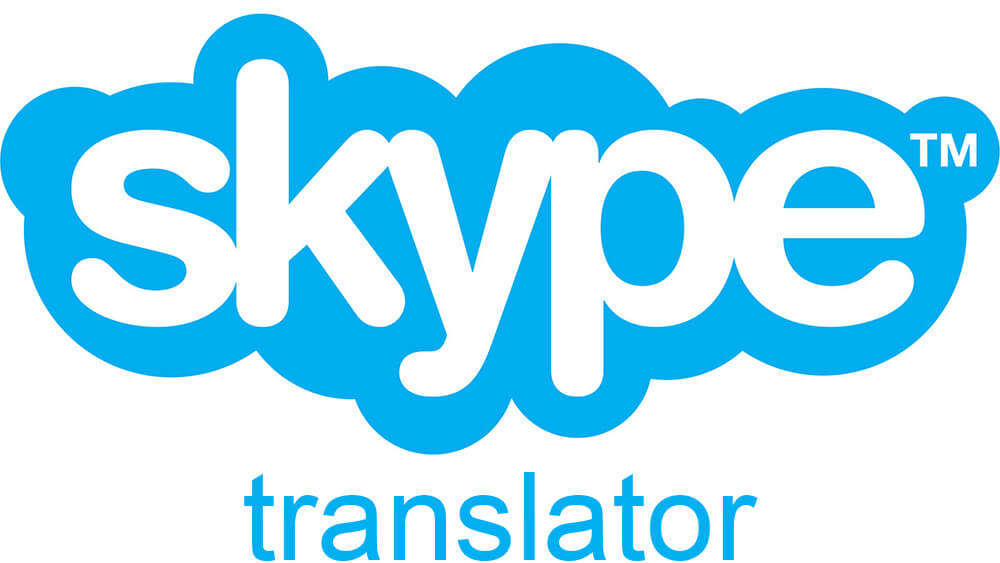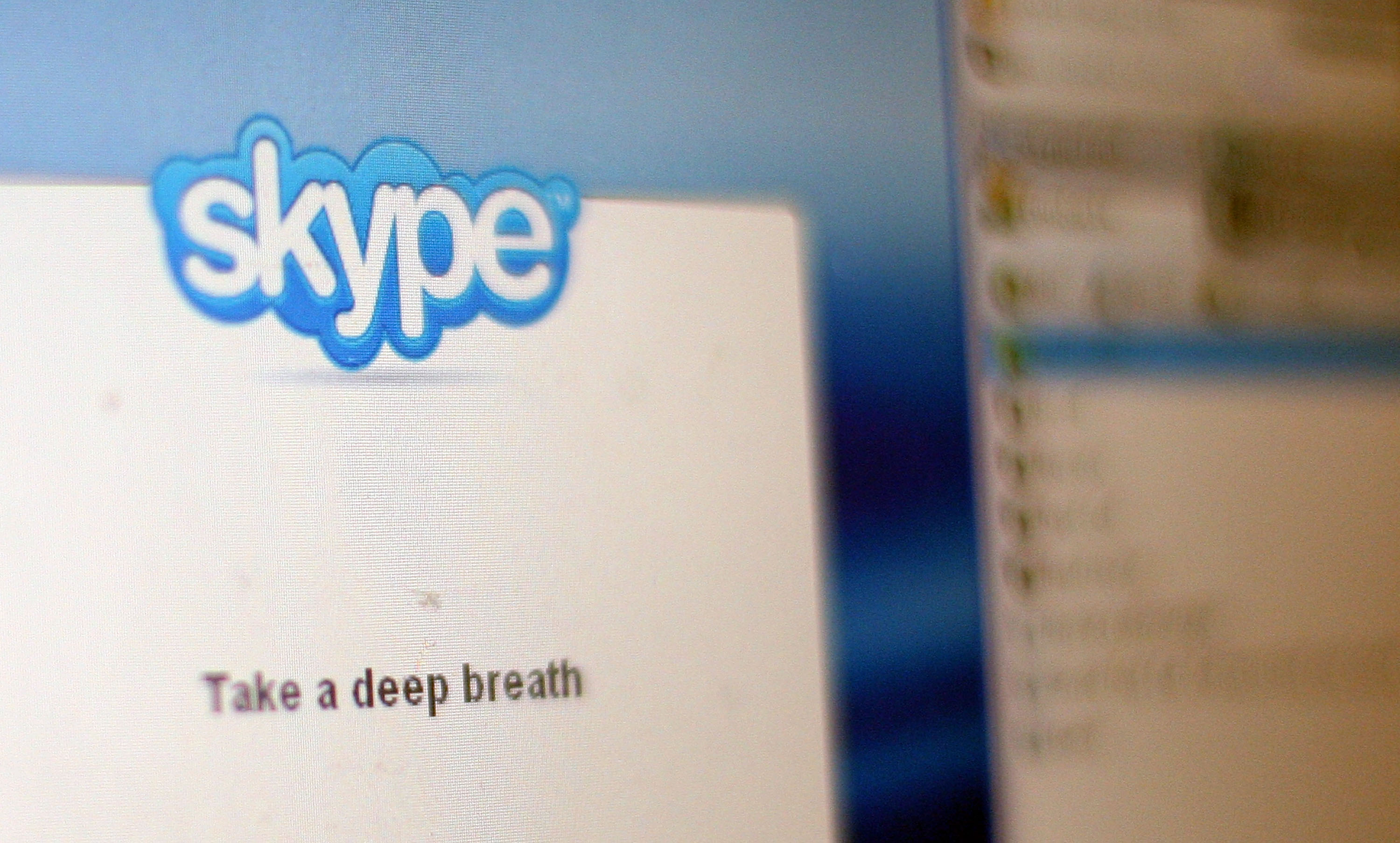


That is so because Skype Translator has been developed based on the neural research and linguistic works of the team at Microsoft that created the system.

With Skype’s interpretation service, you have a higher chance of getting more accurate results. The service has been in existence for many years now, and it is a wonder why, despite all the updates Google slapped into it, the service still does not get it right. Oftentimes I am disappointed at the poor translation it gives. I’ve personally tried Google Translate many times, whether translating English to my vernacular and vice versa, though I never actually used the result. Nonetheless, Skype Translator has certain limitations, being a machine only, without cognitive abilities like those of humans.īut Skype Translator has been released to rave reviews, further raising the alarm for Google Translate. But initial tests show that this is not going to be the case. They argue that Skype Translator will have a hard time distinguishing those voices, and in the process, lose track of what to translate and what to exclude. The recording cut out at one point, totally changing the meaning of one Mandarin phrase from “Of course, here you go” to “When to you.” It also mis-recognized my English “bitter” as “better,” resulting in an incorrect translation. Other than that it transcribed pretty exactly what we said, and did so surprisingly quickly.Some have raised skepticism over the service’s accuracy when unwanted voices and noise start muddling the conversation between two speakers of different languages.

Translation rules are supported for both called numbers and calling numbers. Enterprise Voice requires that all dial strings be normalized to E.164 format for the purpose of performing reverse number lookup (RNL). In this basic test, Skype did well in the speech-recognition step for both English and Mandarin. Learn about translation rules and dial string normalization in Skype for Business Server Enterprise Voice. Here you go.A: Hmm, that’s not bad.B: There’s nothing in it.A: What do you mean?B: I mean, it’s just coffee.A: I figured that.B: It’s not too bitter for you?A: It’s a little bitter, but it’s okay.Īnd here’s what Skype came up with (remember speaker B’s lines were originally spoken in Mandarin): A: Can I try your coffee?B: When to you.A: That’s not bad.B: There’s nothing.A: What do you mean?B: I mean, there’s only a cup of coffee.A: I figured that.B: Don’t you think it’s too hard?A: It’s a little better, but it’s ok. Here’s the original: A: Can I try your coffee?B: Sure. To give the translation tool its best chance, we were careful to speak slowly and precisely. We started out with a dead-simple dialogue intended for beginning learners of English. We translated speaker B’s lines to Mandarin to see how close Skype could translate back to the original English.


 0 kommentar(er)
0 kommentar(er)
